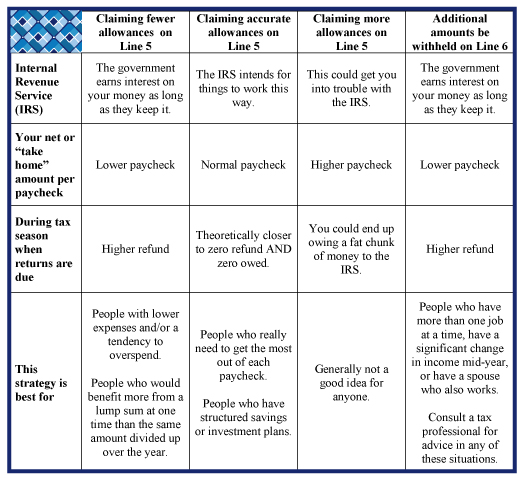Truly. Even if you don’t like chocolate, it is hard to bypass a Valentine’s heart filled with a variety of choices. If it is your box, and you are patient, you look at the candy chart and based on the descriptions, you prioritize and dive deep. If you do not have a chart and you are forced to guess, you rely first on the touch test (to see if pink or white comes out) and then the taste test (a little nibble is enough). Though you might be left with a package that looks as if it has been ravaged by hungry squirrels, you are satisfied that you have made the most of your chocolate gift. Your tummy is happy. Your brain is happy. Life is good. Note – if it is not your box of chocolate, your temptation may get the best of you and anyone who left the box lying around, well – consequences.
Our work is like a box of chocolates. The youth may or may not come to us with a chart. When we see the description, it is far too easy to compare those words in search of those youth we know are easiest to help. Or, the ones “I like best.” Although we know all youth are different and wonderful and filled with goodness, these characteristics are often hidden underneath a shell that is difficult to crack with squeezing a bit. Metaphorically, we squeeze youth with our intake processes, our rules, our assessments and our interviews. Sometimes, we see a youth start to crack open – and much too late – we may realize we didn’t need to squeeze so hard and once cracked, no one else may be willing to give helping this youth a try. Why? Because sometimes it is only when we can see the inside of a youth that we are willing to make a commitment.





